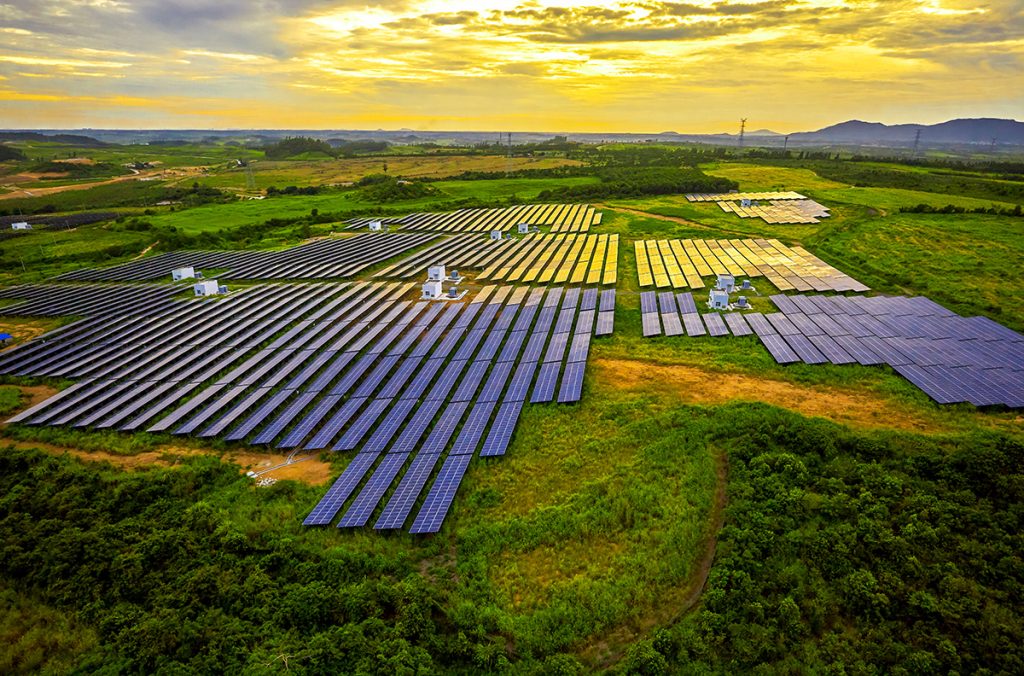As solar energy development increases across the US, some farmers are concerned about the amount of land being utilized. While solar energy is a promising source of renewable energy, it does take a portion of land to produce. In the Midwest especially, landowners are growing uneasy about the idea of solar farms taking over or competing with agricultural land.
Recently, the Great Plains Institute analyzed the impact of solar land use on farming communities across the country. Their research showed that solar vegetation requires only a small portion of land in most counties and poses minimal risk to agricultural economics. In this post, we’ll examine just how much land is used for solar energy generation and why it’s not a threat to Midwest farmers.
Solar energy uses a low proportion of land
Compared to other sources of energy production, solar energy systems use relatively little land. Photovoltaic (PV) solar panels, the most common form of solar energy, typically use only a small portion of the land they are installed on. The Great Plains Institute estimates that it takes about 10 acres of land to produce 1 megawatt (MW) of solar electricity. Although this sounds like a lot, it is much lower than other forms of traditional and renewable energy generation.
For example, a conventional coal power plant can take up hundreds of acres of land, and a large hydropower dam can occupy thousands of acres. Wind turbines also require a significant amount of land, with each turbine needing up to an acre for access and maintenance. Overall, solar energy production uses a very small percentage of total county land compared to other uses. More than 93% of all counties with solar installations use as little as 0.5% of land for solar development.
Solar land can also be used for agricultural purposes
Additionally, the land used for solar energy can often be combined with other projects, such as agriculture. Many solar farms are established on already disturbed or idle farmland, and the panels can be arranged to allow for sheep grazing of the grasses established beneath the solar panels. This can help to reduce the overall land use for both energy generation and agriculture while increasing land efficiency.
Solar energy is not competing with Midwest agriculture
While solar energy systems do require a certain amount of land, it is much less compared to other forms of energy generation. The land utilized for solar energy can often be combined with other uses, such as agriculture, and urban solar systems can provide a significant amount of energy while using minimal land. This makes solar energy an efficient and sustainable source of energy that can help to reduce our overall land use for current and future energy generation. By taking up such a small proportion of land and being developed in conjunction with agricultural practices, it presents minimal risk to agricultural communities.
Interested in learning more about solar energy and solar vegetation projects? Reach out to us at FDCE. We offer assistance with quick, predictable vegetation establishment, pollinator-friendly, utility-scale solar projects, CRP, and more. With experience successfully establishing over 400,000 combined acres, we can ensure your solar energy project gets started right. Contact us today to learn more.

